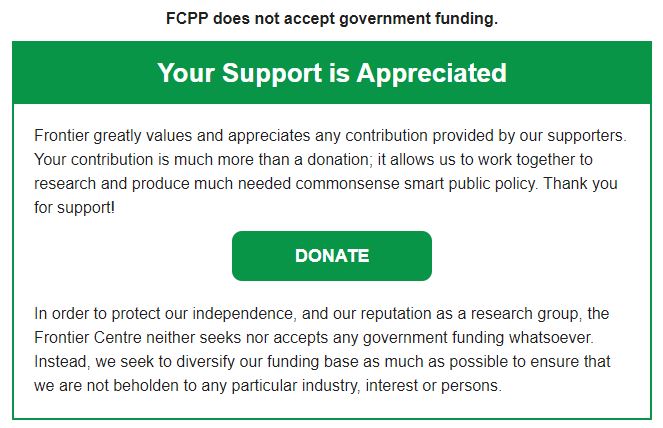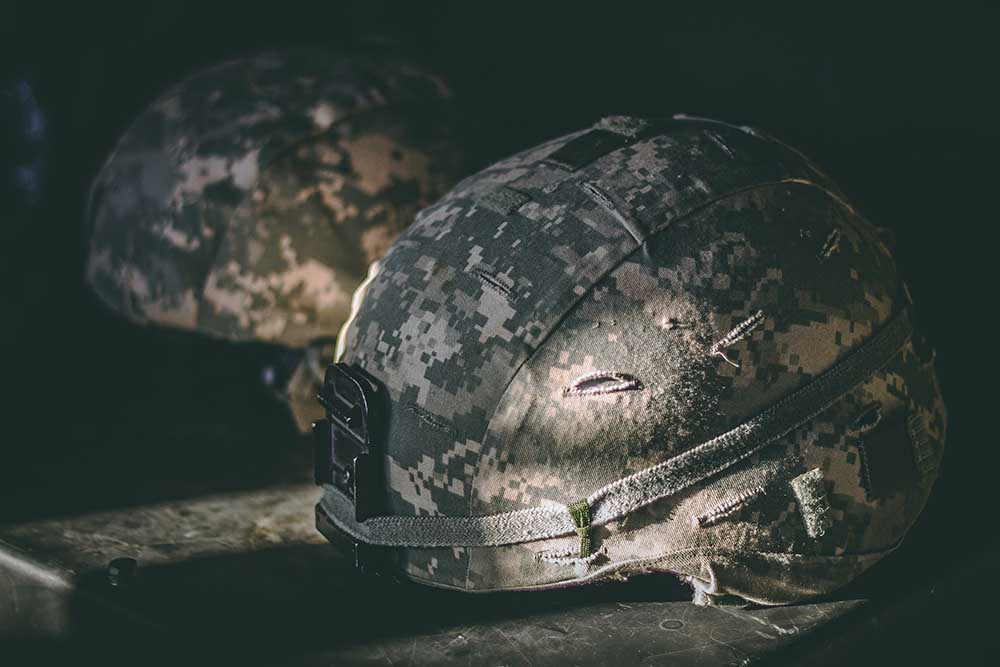Allegations of sexual harassment and sexual abuse in the Canadian military have persisted for far too long. There were 581 sexual assault and 221 incidents of sexual harassment reported in the Canadian military over the last five years.1
There are now probes into allegations of sexual misconduct against the very top of the military.
According to the 2019 Sexual Misconduct Incident Tracking Report, the locations of reported incidents was as follows:2
- Incidents “in quarters/personal residence” increased in every fiscal year: 2017 (14.3%), 2018 (27.2%) and 2019 (36.9%).
- Personal quarters/residence was the most frequent location of incidents in fiscal years 2017–2018 and 2018–2019.
- The second most frequent location of incidents in all three fiscal years was at a civilian establishment.
- Another frequent location was “while on a military course or military training.”
- The most frequent location in the fiscal year 2016–2017 (19.0%) was “at the mess or during a sanctioned event,” but it was less common in subsequent fiscal years (7.0% and 9.5%).
- The least frequent locations were “at the unit during work,” “while deployed” and “during a field exercise.”
We are now nearly halfway through 2021, and little seems to have changed since a former Supreme Court justice described a sexualized culture within the military as “hostile” and “endemic” in her 2015 external review into sexual misconduct and sexual harassment in the Canadian armed forces.3
It is one thing that allegations must be subject to the requirements of procedural justice; allegations are just that and must be investigated before charges can be brought, accused tried and convictions registered, but there have been few charges.
There have been far too many allegations, too many instances of slow cumbersome responses by the military and now repeat inquiries, which has eroded confidence in structural justice.
There is of course another dimension to this; the confidence in the culture of the armed services, particularly when allegations of misconduct involve the highest levels of the service.
All this is very reminiscent of the RCMP which too has a history of problems going back decades. Former Supreme Court justice Michel Bastarache in his report “Broken Dreams Broken Lives” noted that the RCMP leadership has ignored, wilfully denied or tolerated misogynistic, racist and homophobic attitudes.4 Then there was the $1.1-billion class-action lawsuit alleging RCMP leadership fostered and condoned an environment of systemic bullying, intimidation and harassment, certified through the Federal Court of Canada.5
Leaders in the security services, whether policing or the military, have enormous power, enormous discretion and an enormous influence on the culture of their organizations, from units to individual members. 
It is shameful that the very leadership entrusted with the safeguarding of the most important aspects and values of our society, seem to allow cultures that continue to produce allegation after allegation of member-on-member misconduct.
Yes, the security services are made up of members of society and will therefore have some who fail to meet the standards expected despite the best selection procedures. And yet, those who constitute the security services are not the public, they are supposedly vetted, selected and amongst the best of us.
The best of us should at least be able to identify and bring to order anyone who exhibits the slightest misconduct at the earliest opportunity and consistently. It should be a culture wherein no one tolerates any level of misconduct towards a fellow member.
The fact that not enough members stand up, defend and speak up on behalf of victims or potential victims is a failure of leadership.
This continuous tarnishing of the men and women who are willing to make the ultimate sacrifice to protect our freedoms and rights is simply wrong.
Our heroes chose to give their best; to make that ultimate sacrifice if needed and without much reward, on our behalf on the battlefield, not their barracks.
Anil Anand is a research associate with the Frontier Centre for Public Policy.
Photo by israel palacio on Unsplash.
[show_more more=”SeeEndnotes” less=”Close Endnotes”]
- Brewster, Murray. “Military recorded more than 500 sexual assault reports during five-year effort to stamp out misconduct” CBC News, April 29, 2021. See: https://www.cbc.ca/news/politics/canadian-forces-sexual-assault-misconduct-operation-honour-1.6006290
- Government of Canada. “2019 Sexual Misconduct Incident Tracking Report”, August 2019. See: https://www.canada.ca/en/department-national-defence/corporate/reports-publications/sexual-misconduct-tracking-report.html
- Deschamps, Marie. “External Review into Sexual Misconduct and Sexual Harassment in the Canadian Armed Forces” March 27, 2015. See:https://www.canada.ca/en/department-national-defence/corporate/reports-publications/sexual-misbehaviour/external-review-2015/introduction.html
- The Honourable Michel Bastarache, C.C. Q.C. ‘BROKEN DREAMS BROKEN LIVES” The Devastating Effects of Sexual Harassment On Women in the RCMP
- Gerster, Jane. “Federal Court certifies $1.1B RCMP bullying, harassment class action”, Global News, February 10, 2020. See: https://globalnews.ca/news/6488391/rcmp-bullying-harassment/
[/show_more]



